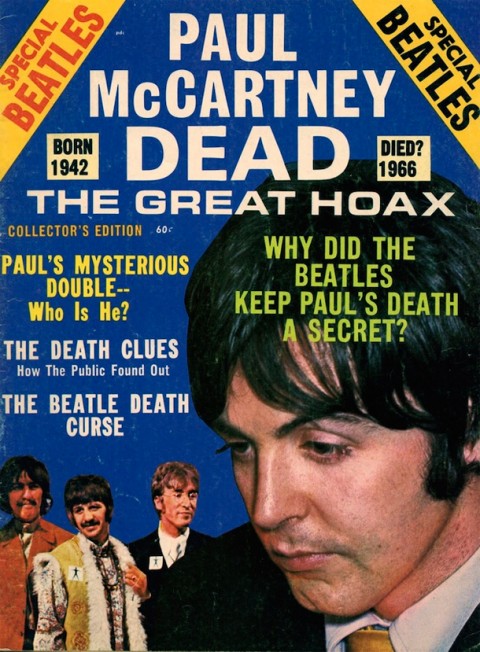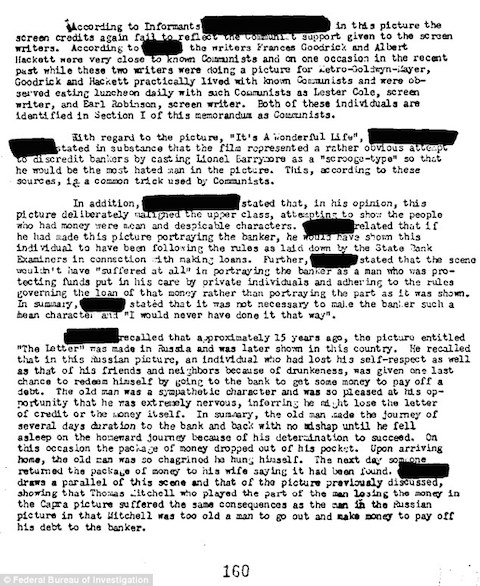The United States has two important cultural means of self-examination—the work of foreign observers and of domestic satirists. In the former category, we have the longstanding example of political theorist Alexis de Tocqueville and the much bleaker, contemporary vision of Werner Herzog. As for the latter, we have venerable literary heroes like Mark Twain and more populist, contemporary voices like Chris Rock, Stephen Colbert, and cartoonist Aaron McGruder, creator of the comic strip-turned-animated series The Boondocks. In 2010, the Season 3 debut episode of the biting Adult Swim show brought these two traditions together, as McGruder took on the election of America’s first black president by imagining a German documentarian—Herzog—who examines the nation’s response through interviews with the show’s characters.
The clip above will give you an idea of the general tone. Herzog plays an exaggerated version of himself, complete with stereotypically German expressions of existential despair. The Freeman family, the show’s center, represents an also-exaggerated range of responses from black Americans to Obama’s election. Huey, the young black radical (“retired”), expresses a deep, cynical skepticism. His brother Riley has a total disregard for the social and political import of the election, confident instead that a black president will give him a license to do what he wants. And the brothers’ grandfather Robert, a Civil Rights veteran, displays an unqualified optimism and nostalgic pride for his activist days. The full episode also satirizes a certain ill-informed rapper with a character called Thugnificent and certain superficial white progressives (“Obama Guy” and “Obama Girl”). And, of course, belligerent reactionary Uncle Ruckus gets his say.
If you would like to sign up for Open Culture’s free email newsletter, please find it here. It’s a great way to see our new posts, all bundled in one email, each day.
If you would like to support the mission of Open Culture, consider making a donation to our site. It’s hard to rely 100% on ads, and your contributions will help us continue providing the best free cultural and educational materials to learners everywhere. You can contribute through PayPal, Patreon, and Venmo (@openculture). Thanks!
By the time of its airing, the episode was already nearly two years late in its comment on the events, making it feel, wrote the A.V. Club’s Todd VanDerWerff, “like an instant period piece.” Perhaps now it seems downright paleolithic in the timescale of political commentary. Making this kind of cultural critique seem relevant outside of the immediate moment is a challenge writers on The Daily Show confront, well, daily. But here, the content holds up, not only because Herzog has a way of making everything timeless, but also because “the episode takes us back to… the way [Barack Obama] managed to make almost every single one of his supporters believe that he was going to do what THEY most wanted him to do and not what he had actually promised to do.” In many ways, the country is still recovering from a brutal hangover after this post-2008 election high.
Whether the president is fully to blame for encouraging false hopes—and fears—is highly debatable. In any case, the characters’ outsized expectations or expressions of apathy or virulent outrage mirror many of the responses of both liberals and conservatives. But it seems that both the left and right shared at least one hope: that the election of the country’s first black president would put an end to its oldest, deepest, most persistent ill. “At the end of the episode,” writes VanDerWerff, “most of the characters seem disappointed that Obama didn’t completely rewrite the space-time continuum, that America still struggles with race.” An understatement perhaps even in 2010, the phrase “still struggles with race” is even more so today, for reasons both obvious and less so.
That the United States—despite the continued efforts of a great many activists and some few legislators—is still riven with deep racial divides, and that these represent the persistence of a historical legacy, should not be matters in much dispute. A multitude of academic analyses on “staggering disparities” in policing practices, imbalances in the justice system, and profound wealth inequality and discrimination in housing and employment bear out the claim. How we talk about these issues, who is authorized to do so, and what can be done about it, on the other hand, are matters of considerable, seemingly unending debate. It has always seemed particularly ironic that many comedians—from Richard Pryor to Chris Rock and Louis CK—have achieved much of their mainstream success by telling hard truths about the state of race in America, truths few people seem to want to hear. When those messages come from non-entertainers, for example, the backlash can be swift and vicious.
But this is nothing new. From the candor of Shakespeare’s jesters to Swift’s poison pen to, yes, The Boondocks, humor and satire have served as vehicles for what we would otherwise suppress or repress. (No need to be a Freudian to acknowledge the point). In this episode, the satirical target isn’t only Obama’s supporters and detractors at home—though they get their due. Herzog’s editorial intrusions also satirize some woefully naïve, ahistorical expectations of a global, or at least European, community. As the Herzog character puts it in his second question to Huey, “now that it looks like Obama is going to win, as a black African American Negro, are you merely excited, or are you extremely excited that everything is going to change forever.” VanDerWerff reads Huey’s apathetic response to such grandiosity as an expression of McGruder’s view that idealism is “both an unsustainable tragedy and the only rational response to a world that’s hopelessly screwed.” But in the face of unbridled idealism, Huey’s hard-bitten realism is tonic: “Hope,” he says, “is irrational.” So also, perhaps, is despair.
Watch the full episode here and read a complete summary here.
Related Content:
Werner Herzog’s Eye-Opening New Film Reveals the Dangers of Texting While Driving
Steven Spielberg’s Obama, Starring Daniel Day Lewis as the President
Josh Jones is a writer and musician based in Durham, NC. Follow him at @jdmagness




